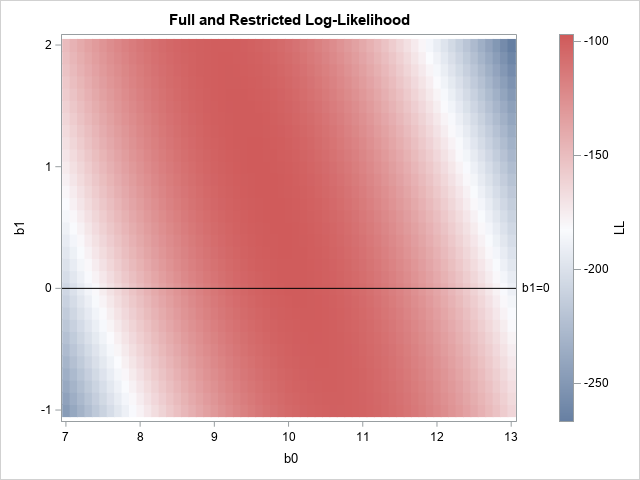 Do you need help communicating more effectively with an international audience? Whether you blog, edit newsletters or technical material, tweet, or send internal notes to global colleagues, this week's SAS author's tip is likely to be of great assistance. SAS Press author John Kohl is an amazing linguistic engineer, technical writer, and technical editor and his award-winning book The Global English Style Guide: Writing Clear, Translatable Documentation for a Global Market is a fantastic resource. If you're like me, you may even make a special place for it on your desk.
Do you need help communicating more effectively with an international audience? Whether you blog, edit newsletters or technical material, tweet, or send internal notes to global colleagues, this week's SAS author's tip is likely to be of great assistance. SAS Press author John Kohl is an amazing linguistic engineer, technical writer, and technical editor and his award-winning book The Global English Style Guide: Writing Clear, Translatable Documentation for a Global Market is a fantastic resource. If you're like me, you may even make a special place for it on your desk.
The following excerpt is from SAS Press author John Kohl's book The Global English Style Guide: Writing Clear, Translatable Documentation for a Global Market, Copyright © 2008, SAS Institute Inc., Cary, North Carolina, USA. ALL RIGHTS RESERVED.
3.12 Write positively
In cautions and warnings, negative statements are often necessary and appropriate. In other contexts, if you can accurately express an idea either positively or negatively, then express it positively. Positive statements are often more succinct, in addition to being easier to comprehend and translate.
X Add a statement to the program to specify that messages not be displayed.
√ Add a statement to the program to suppress messages.
Also avoid including more than one not in a sentence. As the following sentence illustrates, double-negative constructions can be confusing for non-native speakers, translators, and native speakers alike:
X Do not make changes to the CODES table, or the changes will not be saved when the table is re-created.
The following revision is much clearer:
√ Changes that you make to the CODES table will not be saved when the table is re-created.
Putting the two negatives in separate sentences would also be acceptable:
√ Do not make changes to the CODES table. Your changes will not be saved when the table is re-created.
Here are some other examples in which positive statements (or statements that are less negative) are simpler and more direct:
X You cannot access databases for which you do not have appropriate permissions.
√ You can access only databases for which you have appropriate permissions.
X Applications will not be accepted if any information is not completed.
√ Incomplete applications will not be accepted.
To read a free chapter and reviews of John Kohl's book, visit his author page!





3 Comments
Pingback: SAS author’s tip: Eliminate clipped terms - The SAS Bookshelf
What a jewel — Shelly, you are absolutely, positively a very positive person.
Thank you, Rocco!